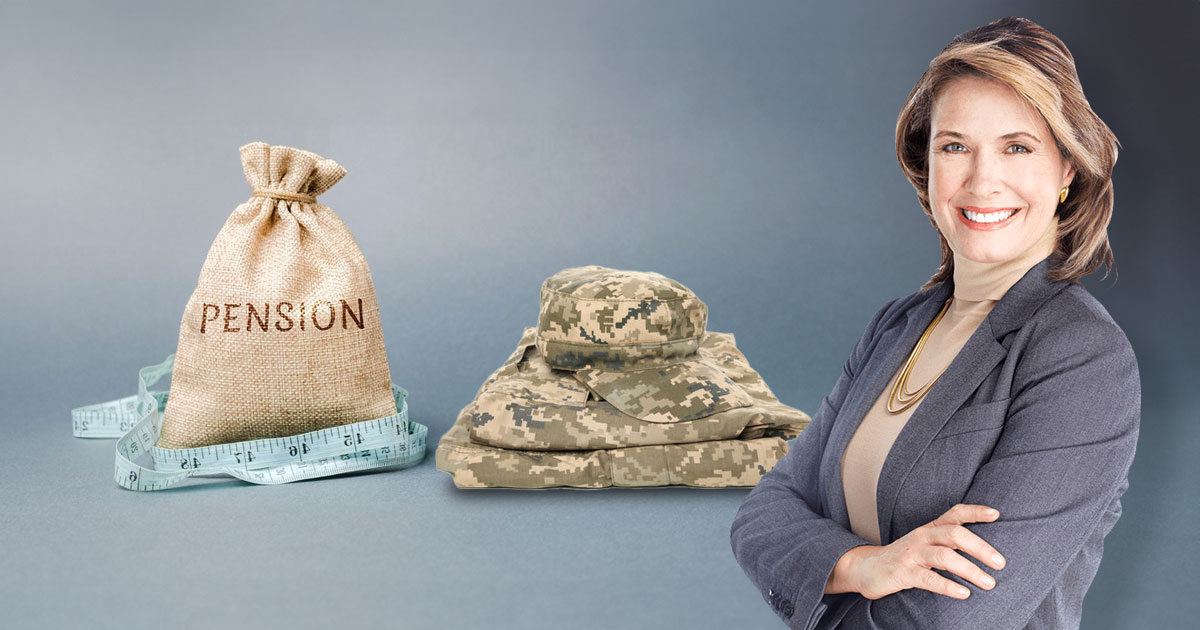Complete Guide to Widow’s Pension
The U.S. military focuses on ensuring financial security for those who serve and their families, offering many benefits and safeguards. One important benefit is the widow’s pension, which is also called the survivor’s benefit. It helps the families of veterans financially.

- Military personnel eligible for retirement can set up a Survivor’s Benefit Plan (SBP).
- SBP, along with ordinary Social Security, provides cash assistance to widows.
- SBP eligibility requires both the deceased veteran and his or her surviving spouse to meet particular conditions.
- The payout amount is decided by several factors, including the number of dependents.
Due to the uncertainties of military service, procedures exist to provide financial aid to widows through survivor’s benefits. However, certain conditions must be met before the widow’s pension can be activated.
Getting Survivors’ Benefits
Retired military personnel get a regular payment, usually about half of what they earned while serving. If a veteran passes away, this payment stops, which could leave their family without a key way to support themselves.
To avoid this problem, many service members sign up for the Survivor’s Benefit Plan (SBP) when they leave the military. After a veteran dies, SBP gives eligible family members a monthly, tax-free payment that is similar to the veteran’s retirement pay. This payment, which comes from part of the veteran’s retirement income, is usually given to the spouse and/or children.
Survivor Benefit for Widows
Widows are the principal beneficiaries of survivor’s benefits, potentially getting a large amount of their deceased spouse’s retirement income. However, the veteran and surviving spouse must both meet certain conditions.
Veteran Criteria:
Veterans must complete certain military service requirements to be eligible for SBP. Wartime service is mandatory and includes active combat duty.
For veterans who served before September 7, 1980, a minimum of 90 days of active service, including at least one day during a recognized wartime period, are necessary. For individuals who enroll after September 7, 1980, 24 months of active service or the whole deployment period (including at least one day during warfare) is required to qualify.
Discharge Requirements
A dishonorable discharge disqualifies a service member from SBP eligibility, denying them most military benefits, including retirement pay and SBP coverage. Only honorably discharged personnel can give SBP benefits to their survivors.
Spouse Criteria
Surviving spouses must also meet certain criteria to be eligible for SBP benefits. Notably, in order to qualify for a widow’s pension, they must remain unmarried after the veteran’s death.
SBP strives to provide financial stability to veteran widows. As a result, if a surviving spouse remarries, SBP payments are legally terminated, regardless of age or subsequent marital status changes.
Income Threshold
Surviving spouses are eligible for the maximum widow’s pension (55% of the veteran’s retirement salary) if their income falls below a legal threshold. This includes the basic pay, investments, and dependant income.
The current annual income ceiling for maximum survivor’s payments is $9,344 for a spouse without dependent children, which rises to $12,229 for a spouse with dependent children, with additional adjustments for each kid.
Adjustments and Disqualifications
Survivor’s pension rates are changed annually to account for inflation and living expenses. Spouses who exceed the income limit may have their pension cut appropriately.
Spouses having a net worth greater than $130,773 may be excluded from collecting the widow’s pension fully. It is important to note that declining SBP coverage at retirement makes spouses ineligible for future coverage.
Social Security Benefits for Widows
Besides the SBP, widows often get Social Security benefits after their spouse passes away. These benefits come with certain rules about who can get them and how they are given out.
Widows can begin getting Social Security checks when they turn 60 (or 50 if they are disabled), and the amount can be between 71.5% and 100% of what their late spouse was getting, based on their age and situation.
Special Cases and Things to Think About
There are some special cases for who can get Social Security. For example, widows who look after children under 16 or kids with disabilities might be eligible. If a widow gets married again before they turn 60, they usually can’t get these benefits, but they might be able to get them back if their new marriage ends.
Remarriage after 60
Remarrying after the age of 60 normally has no effect on a survivor’s eligibility for Social Security payments. However, benefits are limited to the greater of the widow’s own benefit or the deceased spouse’s benefit. Divorced spouses may also be eligible for survivor’s benefits under specific situations, without affecting payments for other survivors.
Understanding Social Security Coverage
Widows can receive the entire amount of their deceased spouses’ Social Security payments once they reach retirement age, with reduced rates available for those aged 60 to 70 and in disability instances.
In Summary
Survivor’s pensions and benefits are critical to sustaining the financial stability of veterans’ families. These advantages can have a substantial impact on a widow’s quality of life after her spouse’s death. Widows and surviving dependents must understand and apply for various benefits, such as SBP and Social Security, to ensure their financial stability.






